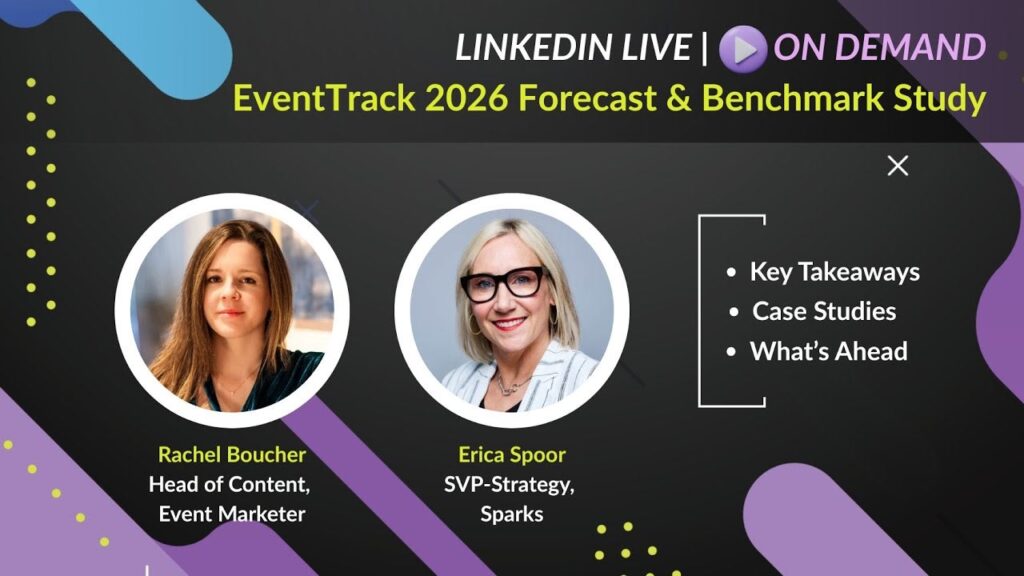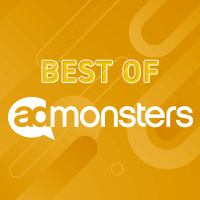When Fairmont Hotels & Resorts launched its e-mail newsletters four years ago, it didn’t aim them only at guests. The chain uses two of its four e-zines to serve businesses.
Of course, the biggest one is on the consumer side.
Checking In is directed towards members of The Fairmont President’s Club. It is sent quarterly to 250,000 subscribers and has an open rate of 30%. It features copy on exclusive packages for President’s Club members, special promotions and reviews of feature destinations.
Anyone can view the content on the Fairmont Web site (www.Fairmont.com) but club members receive it by e-mail. “We change the online version monthly because a lot of members come back to see about special promotions or exclusive packages,” says Sean Taggart, executive director, marketing services.
The other e-zine, the annual Willow Stream Spa, geared to guests goes to 40,000 patrons of Fairmont’s branded spas. It has an open rate of 45%. It advises consumers about health and well being, and how to create energy in their lives.
On the B-to-B side, the quarterly ResPlus e-zine goes to approximately 6,000 administrative assistants who handle frequent corporate bookings, This newsletter has a 30% open rate, and keep members of Fairmont’s “Frequent Booking Program,” aware of incentives and rewards for bookings at participating Fairmont properties.
Finally, the quarterly Fairmont Famous was created for travel agents and rewards program members. It is sent to 10,000 subscribers and has a 30% open rate.
“These are segments that are important to Fairmont,” Taggart says. “Our e-zines are about building relationships with our guests and customers. So we want to continue to communicate with them by sending relevant interesting information.”
Taggart believes that the newsletters generate loyalty, and that view is bolstered by the ongoing business booked by program members. But he concedes that success is difficult to measure success of the newsletters.
“The e-zines are more about relationship building,” he says. “So we measure success in terms of guest satisfaction and member satisfaction with the newsletter content.”
As a means to that end, the hotel conducts online panels to give feedback on the e-newsletters.
Growing the subscription bases is an ongoing project. The President’s Club enrollment process encourages members to sign up for the e-letter. Willow Stream Spa guests are invited to subscribe when they check into a spa. And the Fairmont’s sales force also helps grow the lists during face-to-face contact with travel agents and frequent bookers.
“We know that the travel agencies are booking more as a result of our communications,” Taggart says. But it is still hard to distinguish if it’s the work of the sales force or the newsletter, he adds.
Editorial for the newsletters is generated by a variety of departments. The B-to-B content is created in the marketing department. The B-to-B material is a joint effort between the sales and marketing departments.
The cost is relatively small as marketing projects go. The main expenses are for technology more in the technology and sending of the e-mail. “But Compared to direct channels and advertising, it’s very cost effective,” Taggart adds.
The biggest challenge? Delivery technology.
“Working with ColdSpark, we send out feelers to understand what our recipients’ technological capabilities are, whether they can only view text or HTML, creative or rich media,” Taggart continues. “Certainly, newsletters that have video or music attached are more creative and dynamic, in turn generating a better open rate. But not everyone is able to see everything. So it’s important that the technology can distinguish between those capabilities.”
If guests can see video and get sound, they get the rich media version, he explains. And a basic version is created in HTML. If the guest can’t receive that, a text version is sent encouraging the reader to link through to the Web site for the full content with video and sound.
“We know that when we distinguish between the three technologies, open rates on rich media are much higher than on text,” Taggart says. The open rate for rich media is 40%, compared with 25% for HTML and 5% for text.



